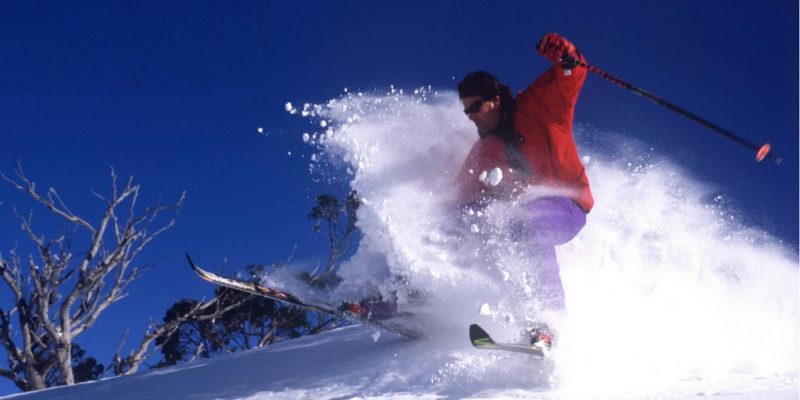Every winter, millions of people travel to the mountains to ski, snowboard, and just relax amid the beautiful scenery. With the nearly 10 million estimated ski/snowboard participants each year, there are thousands of ski/snowboard-related injuries and even some deaths. Fortunately, deaths from ski/snowboard-related accidents, 5.5 per million participants, are very rare. Medical calculators can assist healthcare providers in the management and treatment of related common winter ailments. Suggested calculators are highlighted throughout the discussion below.
Among the most common skiing snowboarding injuries are, not surprisingly, injuries to the knee, shoulder, and even hands.
- Following a knee injury, whether from skiing or other activity, physicians can assess knee function in an athlete using the Cincinnati Knee Rating System
 .
. - Additional risk factors for injury while snowboarding

Beyond injuries sustained while skiing or snowboarding, other potential hazards during winter sports and related activities should be reviewed and considered when a patient presents to their local physician or an urgent care center in a ski town.
- Many people enjoy soaking in a hot tub after a long day on the slopes. Hot tub related infections are common, evaluate a patient for Pseudomonas aeruginosa infection associated with use of a hot tub, swimming pool or other water facility

- Manage a patient with frostbite injury of a distal limb

- Norovirus is sometimes referred to as the winter vomiting bug. Risk factors for exposure to Calicivirus (Norwalk agent) in an outbreak of acute gastroenteritis

- Exposure to UV radiation can result in damage to the cornea and conjunctiva. Improper use of UV protective eyewear while skiing or being outdoors in the snow on a bright, sunny day are significant risk factors which can lead to snowblindness.
Whether working in a clinic near a ski area or seeing patients who have recently returned from a snowy vacation, familiarity with injuries or conditions related to the cold or winter sports can lead to faster diagnosis and treatment. Using algorithms available through The Medical Algorithms Company, physicians, nurses, and mid-level providers can triage and provide care to patients who present with nearly any symptom or medical condition.

